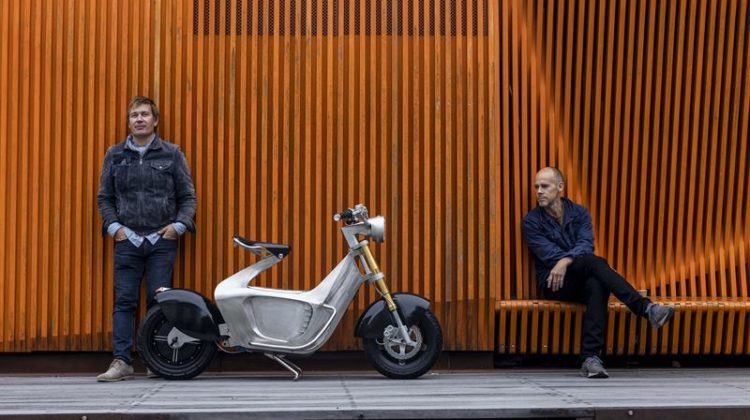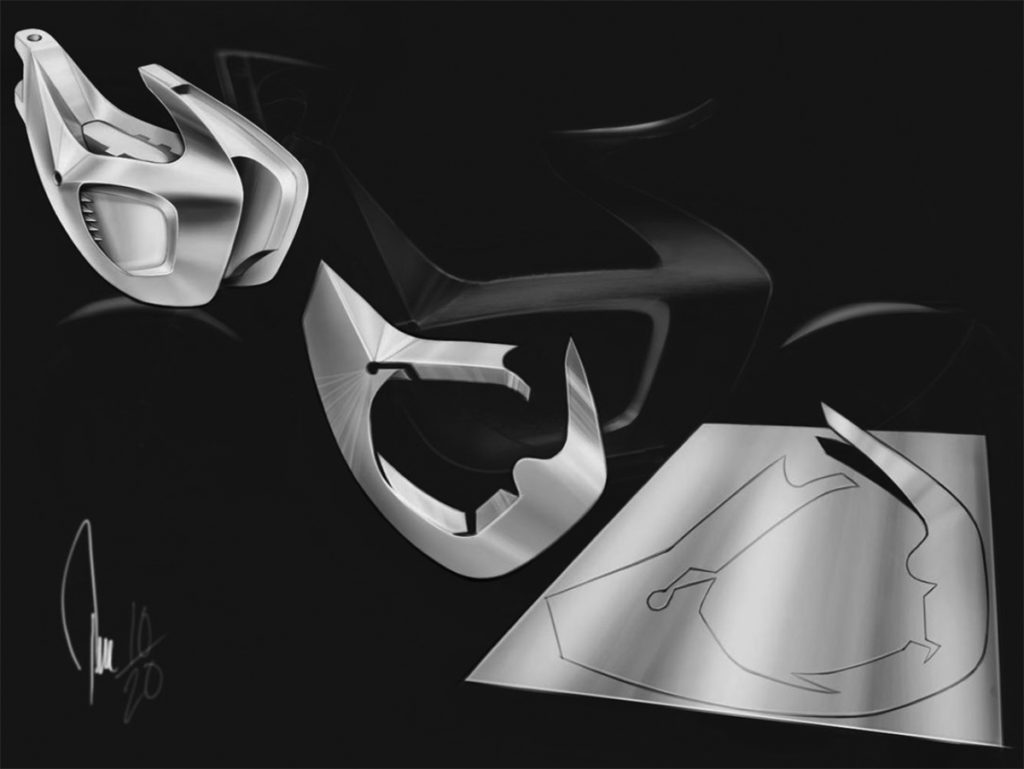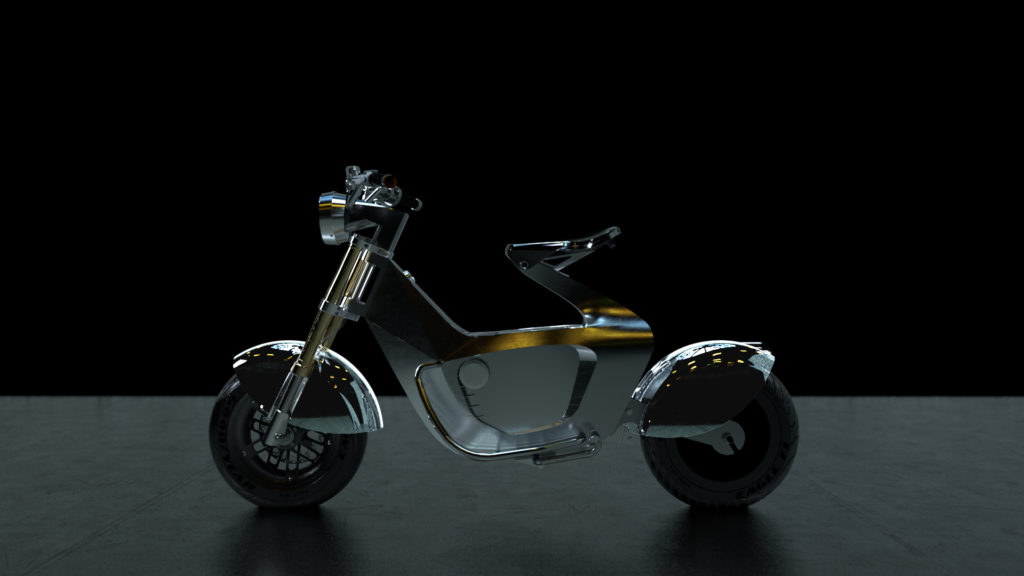
Swedish technology and design start-up Stilride has raised £2.5m to produce sustainable electric motorcycles and scooters using a ground-breaking manufacturing technique that it has dubbed Stilfold.
Likening the new technique to ‘industrial origami’, Stilride plans to use robots to fold single sheets of recyclable steel into intricate, lightweight and durable new structures. It says that the process, which will be used to create the chassis and body for a fleet of next-generation e-motorcycles, significantly reduced the environmental impact of production.

The technology is the brainchild of best friends Tue Beijer and Jonas Nyvang, whose backgrounds span the worlds of fashion, industrial design and engineering. The duo aims to reimagine how high-performance electric-mobility products are manufactured and distributed, using cutting-edge steelwork, advanced robotics and ambitious design.
‘The STILFOLD technology is best described as a dance between robots and steel,’ said Jonas Nyvang, Stilride’s co-founder and CEO. ‘We have created a process that builds high-performance, sustainable personal-mobility products that are also durable, lightweight and desirable.’
The new funding will be used to bring the start-up’s first product, the futuristic Sport Utility Scooter One (SUS1) to market. Unlike traditional scooters, which feature a tubular frame and plastic body, the SUS1 is constructed by folding sheets of stainless steel over curves. The resulting body is more durable and possesses a distinctive aesthetic, while also requiring less raw material and labour to produce. Compared to a traditional scooter, the SUS1 requires 70 per cent fewer components and labour and material costs are 25 per cent and 20 per cent lower, respectively.

According to the company, the climate impact of developing the SUS1’s chassis is half that of traditional scooters. It aims to create a production process in which steel sheets are flat-packed and shipped to local factories across Europe, where they will be folded and fitted with a hub motor and battery pack, thereby further reducing the product’s carbon footprint.
‘STILRIDE sits at the intersection of technology, mobility and design,’ said Nyvang. ‘My co-founder, Tue, first introduced the idea for the scooter to me at a dinner in 2019. He sketched out how it could be manufactured using origami folding and built a model out of paper. It’s surreal to have now created a high-spec electric motorcycle that’s true to that original vision. It meets our commitment to sustainability while also having a radical and distinctive design identity. It’s designed for everyone and we hope it can be an accessible entry point to the world of scooters and motorcycles for those with an eye for style and a love of nature.’
Stilride hopes to have the SUS1 on sale in Europe later this year and plans to use its proprietary Stilfold technology to add cargo bikes and trailers to its product offering.


